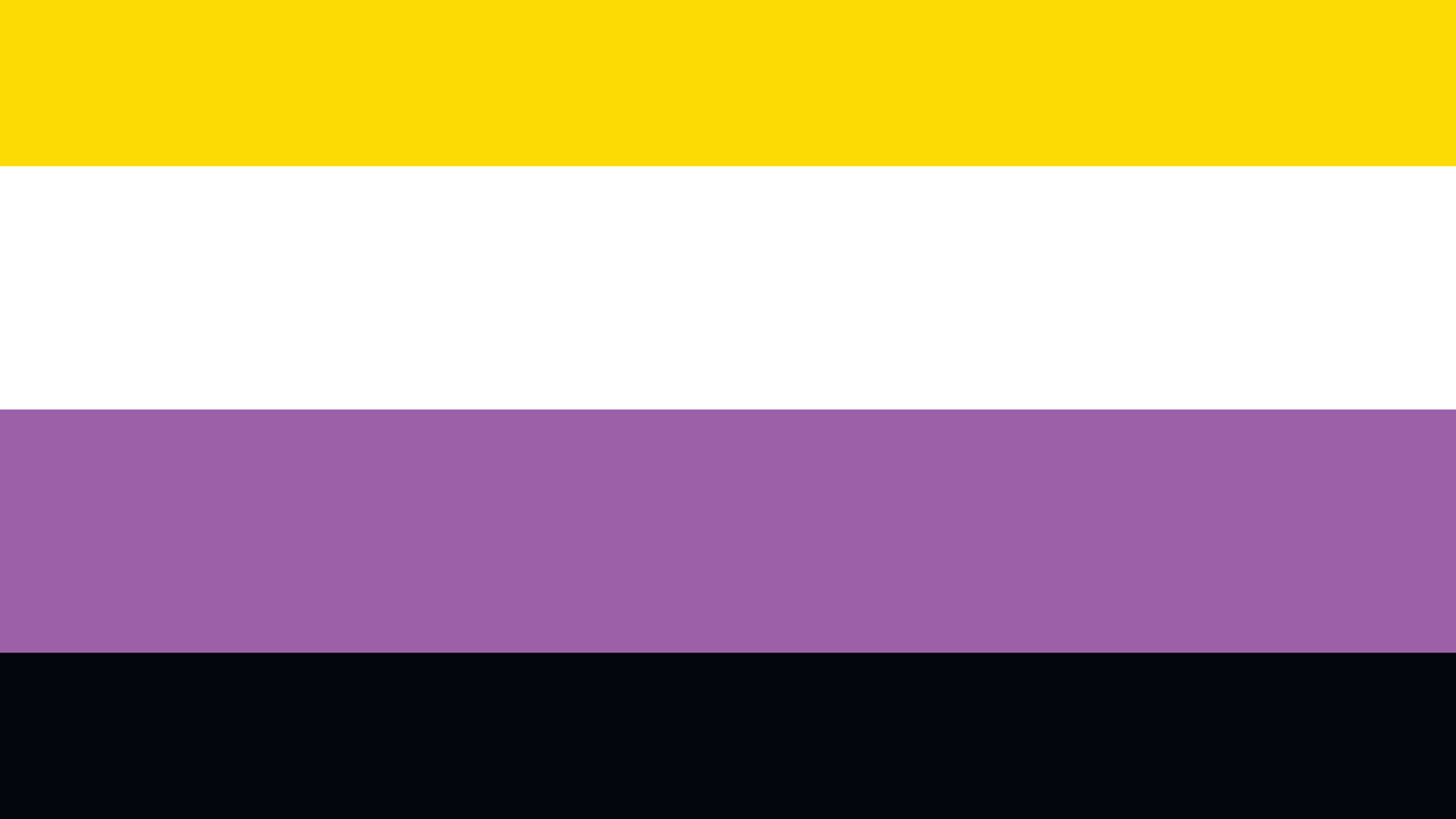The concept of non-binary identity represents a significant expansion of our understanding of gender beyond the conventional binary framework of male and female. As society increasingly recognizes the validity of non-binary identities, a pertinent question arises: Are non-binary people born that way? This inquiry necessitates an interdisciplinary exploration that encompasses scientific inquiry, psychological frameworks, and cultural relativism, thereby offering a richer understanding of the complexities of gender identity.
To address the question of whether non-binary individuals are “born that way,” it is essential to engage with biological perspectives first. Numerous studies in genetics, endocrinology, and neurobiology offer insights into the biological underpinnings of gender identity. Researchers have identified various genetic markers that may influence gender identity, alongside hormonal influences during gestation that can affect brain development. For instance, exposure to different levels of sex hormones in utero might predispose individuals towards identifying as non-binary. Such findings suggest that biological factors may play a pivotal role in shaping gender identity.
Moreover, neuroscience has illuminated differences in brain structures and functions associated with gender identity. Empirical studies utilizing neuroimaging techniques have shown variances in the size and connectivity of brain regions linked to gender identity among cisgender and non-binary individuals. These biological markers may indicate that non-binary identities are not merely a social construct but are indeed influenced by complex biological phenomena.
However, while biological factors may underpin gender identity, it is crucial to consider the social and psychological dimensions that interact with these factors. Psychological theories, particularly those concerning identity formation, contribute significantly to our understanding of non-binary identity. Theories such as Erikson’s stages of psychosocial development underscore the importance of socialization and cultural context in shaping identity. From early childhood experiences to adolescent exploration, external influences play a fundamental role in individuals’ self-perception and acceptance of their gender identity.
Furthermore, cultural relativism invites a broader perspective on gender identity that acknowledges the variance of gender constructs across societies. Different cultures have longstanding historical frameworks for non-binary identities. For example, many Indigenous cultures recognize Two-Spirit individuals, who embody a blend of male and female traits. Similarly, the hijra community in South Asia embodies a rich tapestry of gender diversity that has been recognized and respected for centuries. Such culturally embedded identities challenge the binary framework and prompt a reevaluation of how we understand gender in a global context.
As one delves deeper into the intersection of science and identity, it becomes evident that the discourse surrounding non-binary identities is vibrant and multifaceted. The interplay between biological predispositions and sociocultural factors invites a comprehensive view that acknowledges individual experiences and systemic influences. Psychological research also speaks to the internal conflict many non-binary individuals face as they navigate societal norms that favor a binary gender system. Not only do these individuals often experience discrimination and misunderstanding from their peers, but they also grapple with an internalized sense of confusion regarding their identity.
Identity development is often a non-linear process characterized by exploration and resistance. For many, the journey involves questioning societal expectations, confronting personal experiences, and seeking validation. The narrative of self-discovery is marked by the challenge of articulating one’s identity, which can be further complicated by societal pressures that dictate conformity to binary norms.
Consequently, the non-binary experience becomes a microcosm of a broader societal dialogue about identity, acceptance, and visibility. In contemporary discourse, the language surrounding gender has evolved to be more inclusive. Terms such as “genderqueer,” “genderfluid,” and “agender” are now part of a wider lexicon that lends recognition to the spectrum of human experience. This linguistic evolution reflects a growing societal acceptance that transcends the rigidity of traditional gender binaries.
To assess the implications of this recognition, it is crucial to understand the importance of representation and visibility in cultural narratives. Non-binary individuals often seek acknowledgment not only in personal spheres but also in broader societal structures, including media, politics, and education. Positive representation can foster validation, diminish stigma, and promote understanding, which are essential for the mental health and wellbeing of non-binary individuals. Furthermore, comprehensive educational programs about gender diversity can cultivate empathy and acceptance within society.
In summary, the question of whether non-binary people are born that way prompts an intricate examination that spans biological, psychological, and sociocultural dimensions. While scientific inquiries suggest biological predicates, the significance of socialization, cultural relativism, and personal agency cannot be overlooked. The non-binary identity, thus, emerges not as an isolated phenomenon but as a rich amalgamation of biology, culture, and personal experience. An engaged dialogue that honors these complexities will serve to enhance our understanding of gender and identity in an increasingly pluralistic world.
